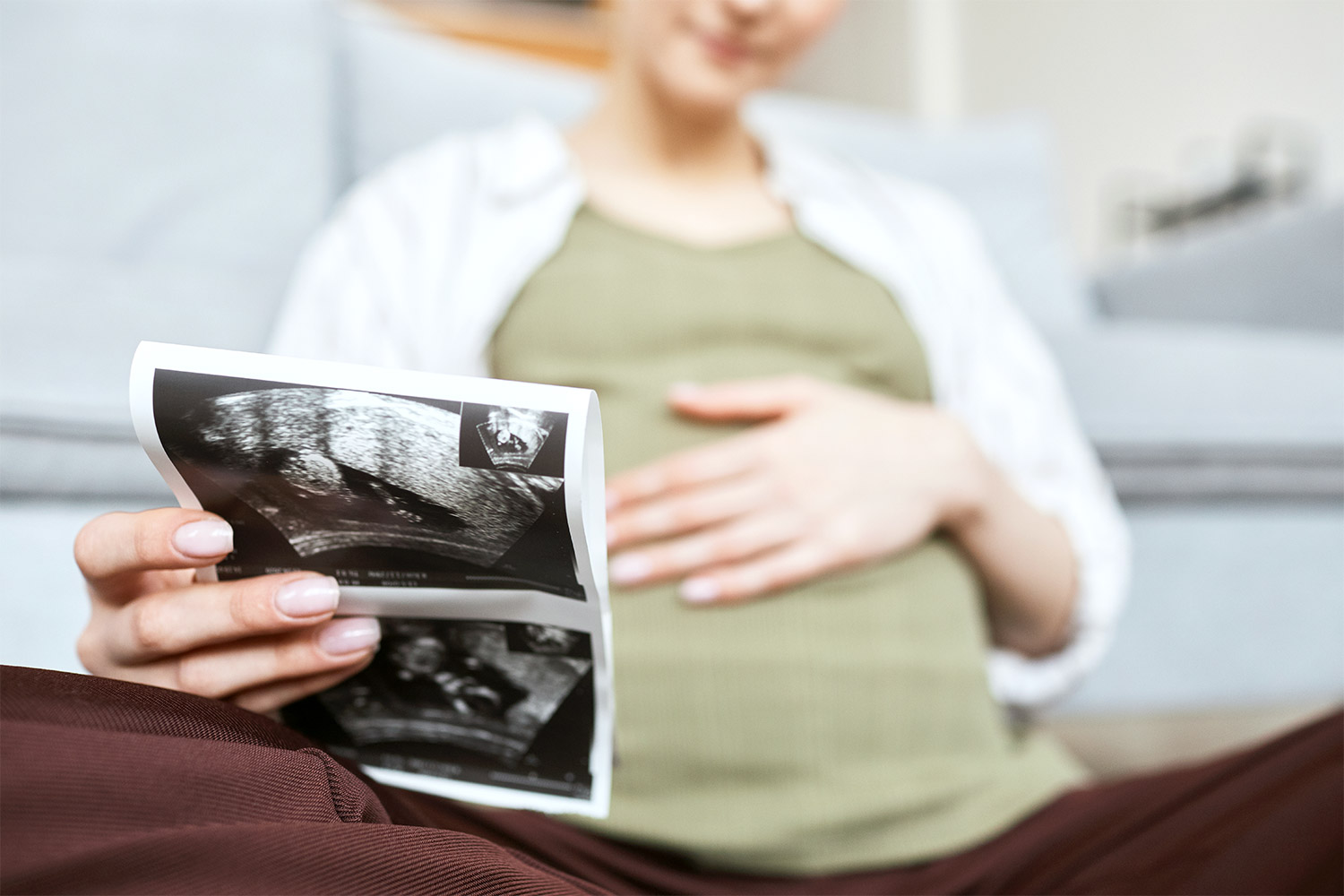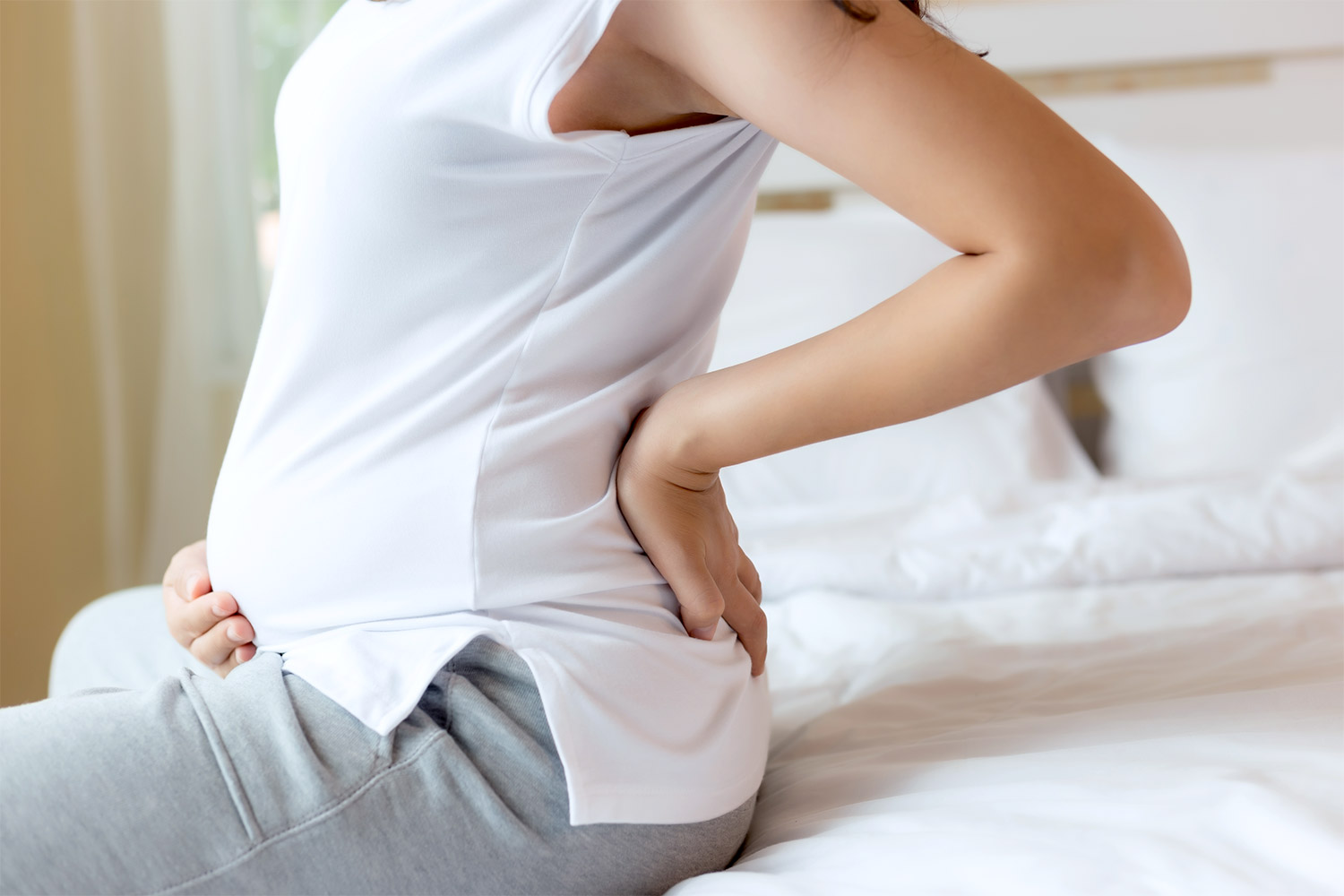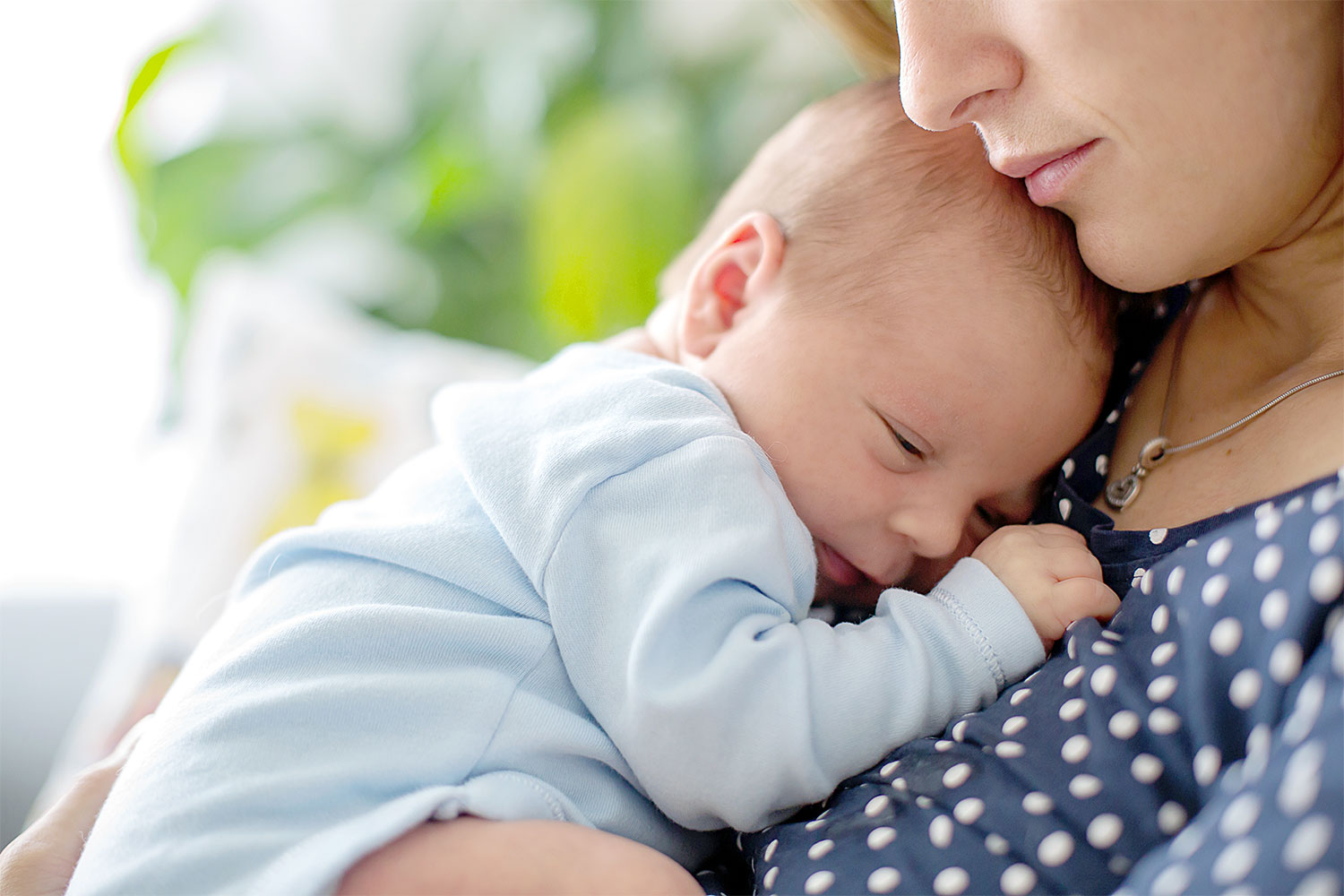There is no way to tell how much pain a person has. Because pain is a personal experience, it is impossible for us to know precisely what someone else’s pain feels like, but if we rank the severity of different types of pain, causalgia (burning pain) is the most painful, amputation of arms and legs comes next, and then childbirth. As causalgia and amputation of arms and legs are not something that many people experience, childbirth is the worst pain people undergo naturally.
A mother does not suffer from pain only during the labor. Her pain starts from the time when the fertilized egg is implanted in her uterine wall. Implantation is the very early stage of pregnancy at which the embryo, an ovum fertilized by a sperm, adheres to the wall of the uterus and receives oxygen and nutrients from the mother. This produces a stress on every system in the mother’s body, and adjustment takes place for the fetus.

The human immune system is like an army that helps us protect ourselves against internal or external threats. If a foreign substance is detected, cells sound an alarm that triggers the release of inflammatory chemicals. Then, immune cells hearing the alarm attack infected cells. Inflammatory responses—redness, pain, swelling, and fever—are a sign that your immune system is at work. A healthy immune system fights infection from bacteria and viruses.
From an immunological point of view, the fetus should be considered foreign to the mother’s body because it has a different genetic code. However, the mother’s immune system does not attack the fetus growing inside it. A team of researchers at NYU School of Medicine in the U.S. discovered that cells of the decidua (uterine lining during pregnancy) did not produce the usual chemical signals that would trigger inflammation to the site where the embryo implants. Closer inspection of these decidual cells revealed changes to the DNA structure and subsequent gene expression resulting in the silencing of those genes. The onset of pregnancy turned off the mother’s immune system within the uterus.
The mother’s immune system is weakened to accept a fetus, a foreign object, which makes the expecting mother susceptible to various diseases. Even so, she cannot simply take medication, because some medications can cause serious birth defects.
The mother’s body takes a host of risks for the fetus. Hormonal changes are stark. To sustain a pregnancy, female hormones—estrogen and progesterone—levels remain high. There is an increase in the volume of the pituitary gland regulating the body’s hormones and an approximately 30% increase of the thyroid gland. In the second and third trimester of pregnancy, hormonal imbalance results in itching, redness, acne, and other skin problems. Rapid decrease of female hormones after delivery may trigger symptoms of postpartum depression.
The hormone HCG1 produced in the placenta during pregnancy contributes to nausea. Hyperemesis gravidarum (severe vomiting) in early pregnancy leads to loss of appetite and even causes inconveniences in daily life in some cases. Skipping meals, lack of water intake, and disorders of gastrointestinal motility associated with increased estrogen excretion leave expecting mothers prone to constipation and anal disease.
During pregnancy, a hormone called relaxin, which causes joints and ligaments to loosen, is secreted by the placenta ten times higher than usual. It softens the pubic symphysis and widens the pelvis in preparation for childbirth. But the problem is that relaxin takes effect on all ligaments in the body. Relaxin levels drop again after delivery, but the joint and ligament laxity causes pain or fracture even by a tiny jolt. As it can take more than three months for ligaments to get back into original positions and stabilize, it can give pain in the lower back and increase the risk of sprains.
Though invisible to the human eye, the biggest alteration is found in the heart. The blood of a pregnant woman’s body increases by 40 to 45% throughout pregnancy. Most of this increased volume is made up of plasma, which dilutes red blood cells carrying oxygen, and accounts for symptoms of anemia. As the blood volume increases, the heart beats faster and its actual size also increases. Cardiac output decreases by 30% by 2 weeks after childbirth, and such a sudden change may strain the heart.

It’s normal to gain 10 to 15 kg (22 to 33 lb) during pregnancy. However, the mother feels much heavier as she must bear the force of gravity as well. To sustain the weight of a fetus, the mother tends to pull her head backwards and to curve the spine. Sudden weight gain and strain in her back makes the mother stand with her abdomen pooched out and her back swayed. This is why most pregnant women suffer from backache or lordosis (excessive curvature in the spine). As the weight of the growing fetus presses down the pelvic region, causing it to tilt, pelvic pain makes it hard to walk. As it also weighs down the back, about 70% of pregnant women experience backache or pelvic pressure.
In about 20% of women, the pain can persist for up to three years after delivery. Changes in posture, weight bearing, and ligament laxity due to hormones burdens the spine, resulting in numbness and tingling in the hands, feet, arms and legs. As the mother’s spine becomes more deeply curved, increased pressure is placed on the sciatic nerve running from the spine to the feet. This often causes severe pain. Additionally, muscles near the ligament swell and press the nerves in the hands, which gives pins and needles. Leg cramps are also common because the pelvic joints, which are extended by hormones, press the pelvic nerves.
During the third trimester, breathlessness increases. Problems in digestion and acid reflux make it difficult for the mother to sleep on her back or even breathe. This is because the growing fetus pushes on the mother’s internal organs, resulting in the stomach, liver, lungs, intestines, and heart being compressed upward. The baby’s pressing down on the bladder makes the mother feel the urge to urinate more frequently, and its pushing against the stomach makes her keep eating small meals. The uterus which was the size of an avocado can grow up to 500 times bigger than its pre-pregnancy size.

The mother’s body undergoes many transformations but endures them for the birth of a new life. One more amazing thing is that the mother’s pain gives birth to the child. Oxytocin, the hormone that causes contraction of the uterus, plays a role in childbirth. Secretion of oxytocin gives painful uterine contractions, which—in a positive feedback2 loop—stimulates more oxytocin secretion. In short, the mother’s pain brings the baby into the world.
From the onset of pregnancy to delivery, all of the mother’s body systems work for the baby, not herself. This type of devotion still cannot be truly expressed or fully understood through ordinary expression. The mother gives nutrients to her baby, experiencing undesired changes and pains. After having the baby for nine months, she gives birth under the labor pain. What does the ultimate love programmed in the mother’s body tell us? Today too, a life is being born through the Mother’s pain.